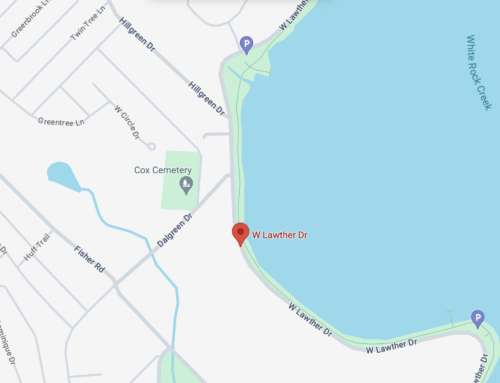 When Councilman Jerry Allen first told us that the retail-to-residential project at Lake Highlands Plaza would be assisted by Tax Increment Financing (TIF) funds, we scratched our heads. Does the Skillman Corridor TIF District extend to the southwest corner of Walnut Hill and Audelia?
When Councilman Jerry Allen first told us that the retail-to-residential project at Lake Highlands Plaza would be assisted by Tax Increment Financing (TIF) funds, we scratched our heads. Does the Skillman Corridor TIF District extend to the southwest corner of Walnut Hill and Audelia?
Indeed it does. And not only that corner but all four corners of the intersection are included in the Skillman TIF. (Click on the map to see a larger image of the southern portion of the TIF district.) Last week, the city of Dallas gave its go ahead to use roughly $2.4 million of the TIF budgeted for the entire district to bulldoze the (mostly) vacant retail buildings on the property — the strip of shops where LH Floral and My Office are now, and the former Neighborhood Walmart.
TIF money comes from tax revenue, but it’s not as simple as the city giving Christon Company the money to demo the buildings and pave the streets. “It’s often a mischaracterization that we’re writing a developer a check from day one,” says Sue Hounsel with the city’s office of economic development. A developer receiving TIF money is “largely dependent on the project creating new tax revenue,” she says.
Hounsel describes TIF reimbursement as a “pay-as-you-go system — the developer takes risks to make improvements up front and then gets paid back over time.” In other words, once Christon builds the 17 $650,000-$700,000 homes on that corner, then the property values increase to reflect the new development, the additional tax money collected can be used to reimburse Christon up to $2.4 million for the expense of demolition, streets, utilities and so on.
So what’s the advantage to the city if additional tax dollars generated from new projects go to the projects and not the city? More on that this afternoon.





